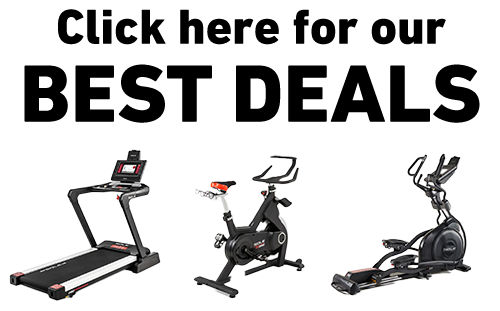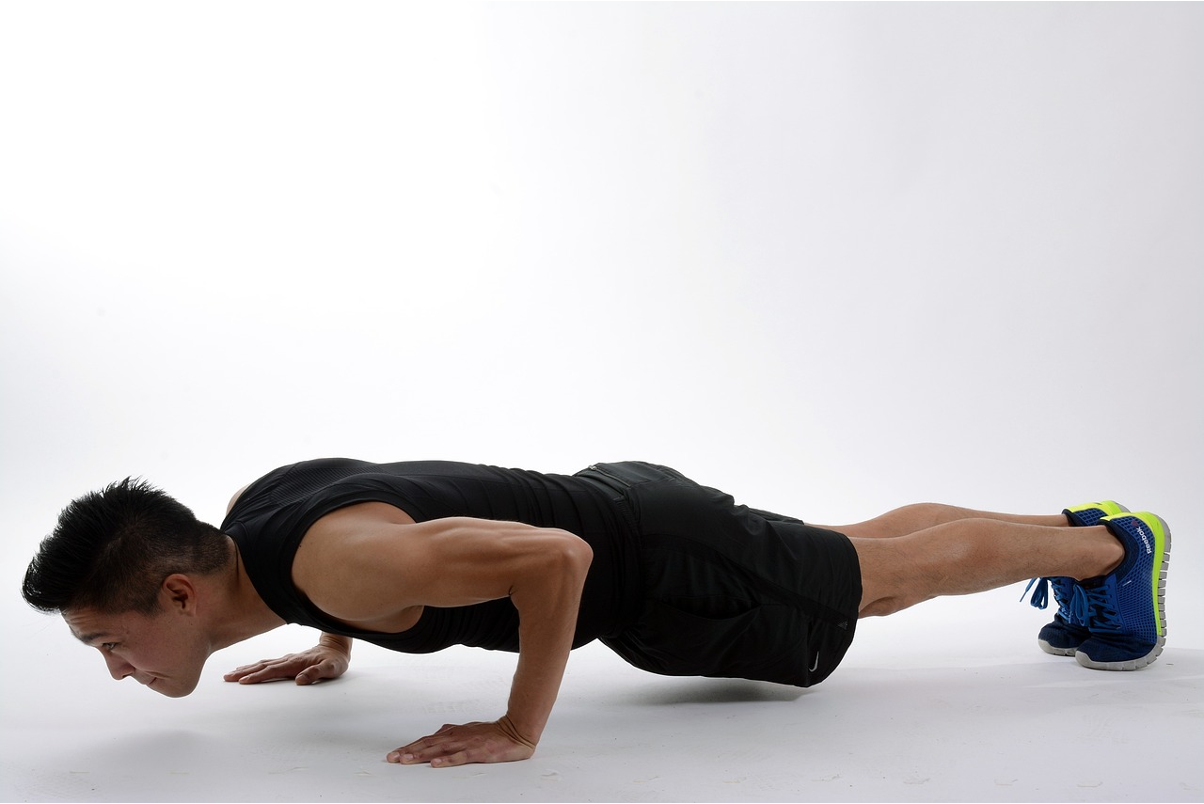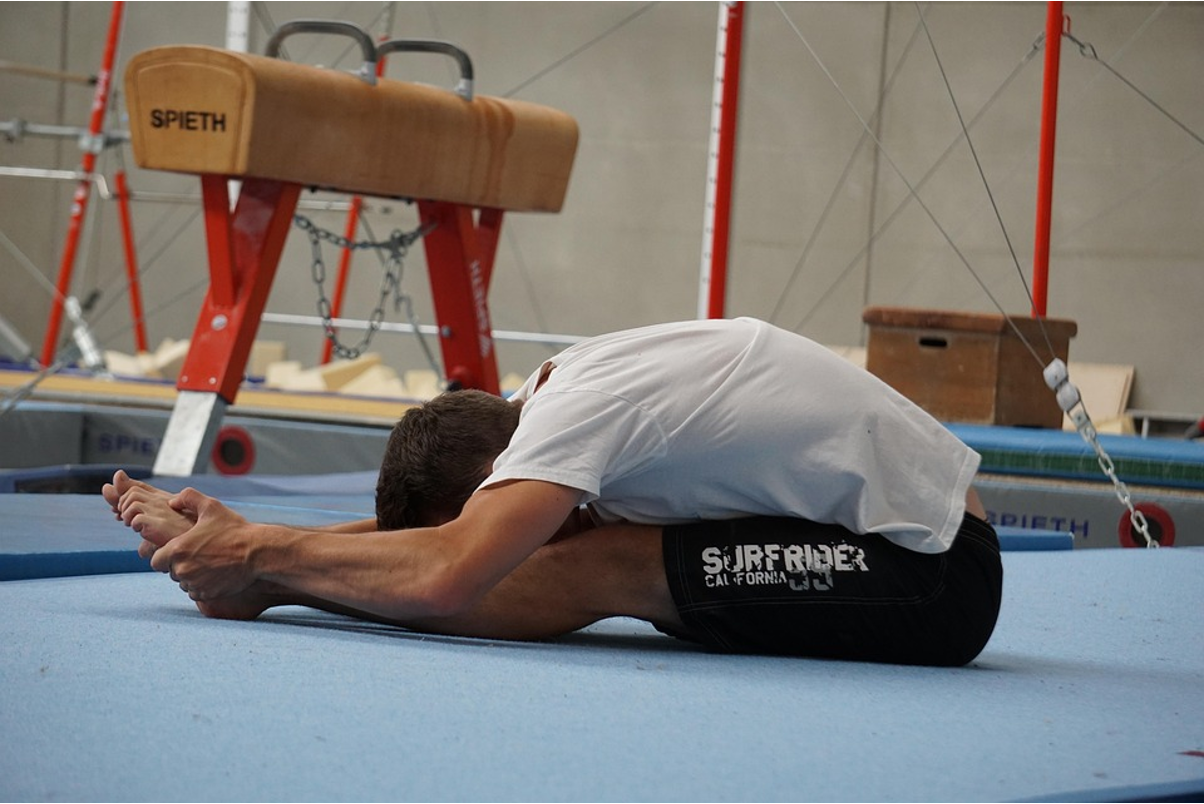Key Takeaways
- Tabata workouts are just 4 minutes long, but can create significant calorie burn and metabolic improvements when performed correctly.
- The 20-seconds-on, 10-seconds-off format triggers the afterburn effect, helping you burn additional calories for hours after your workout.
- Burpees, mountain climbers, and kettlebell swings are highly effective Tabata exercises that engage multiple muscle groups for maximum calorie expenditure.
- Proper form is crucial for preventing injury and maximizing the effectiveness of these high-intensity movements.
- SOLE's Equipment Mat provides the essential cushioned surface needed for safe floor-based Tabata exercises.
Why Tabata Can Help You with Efficient Weight Loss
Developed by Japanese scientist Dr. Izumi Tabata in the 1990s, the Tabata training method was originally created for Olympic speed skaters. Dr. Tabata's research found that athletes performing his 4-minute protocol improved both their aerobic (cardiovascular) and anaerobic (muscular) fitness levels significantly more than those doing steady-state training for an hour.
What makes Tabata particularly effective for weight management is its ability to create what researchers call Excess Post-exercise Oxygen Consumption (EPOC).
During the intense 20-second work intervals, your body burns through its readily available energy sources and must then work to restore oxygen levels during recovery. This process means your body continues burning calories at an elevated rate after you've finished exercising.
Another advantage of Tabata is its ability to preserve muscle mass while supporting fat loss. The intense nature signals your body to maintain metabolically active muscle tissue while utilizing fat stores for energy—helping maintain your metabolic rate over time.
|
Premium Home Gym Equipment with Award-Winning Quality! Complete Your Home Gym:
Why Choose SOLE: ✓ Commercial-grade quality for home use 30-Day Money-Back Guarantee: Love it or return it, no questions asked. |
Exercise #1: Burpees

Burpees engage nearly every muscle group simultaneously, creating substantial energy expenditure while building functional strength and cardiovascular capacity.
Proper Burpee Form for Maximum Effectiveness
The effectiveness of your burpee directly correlates with your technique. Start by standing with feet shoulder-width apart, then drop into a squat position with your hands on the floor.
Step or jump your feet back into a plank position while keeping your core tight. Immediately return your feet to the squat position, then stand up with a controlled movement, optionally adding a small jump at the top.
For optimal results, focus on the explosive elements of the burpee—particularly the transitions between positions. These dynamic movements recruit multiple muscle groups and energy systems, which maximizes the metabolic benefit of each repetition.
Modifications for Different Fitness Levels
Beginners can modify this exercise by stepping back instead of jumping into plank position, eliminating the push-up component, or removing the jump at the top of the movement.
Even with these modifications, you'll still activate multiple muscle groups and elevate your heart rate significantly. As your fitness improves, gradually add back the more challenging elements.
Why Burpees Are Metabolically Demanding
Burpees create significant metabolic stress because they force rapid transitions between different body positions while engaging large muscle groups.
The combination of strength and cardiovascular demands makes burpees particularly effective for creating the oxygen debt that drives post-exercise calorie burn.
Exercise #2: Mountain Climbers

Mountain climbers provide intense cardiovascular challenge while strengthening core stability, making them ideal for building functional fitness alongside metabolic conditioning.
Perfect Mountain Climber Technique
To do mountain climbers, begin in a high plank position with your hands directly under your shoulders and your body forming a straight line from head to heels. Your core should be tight, glutes engaged, and shoulders stable.
Rapidly alternate driving your knees toward your chest in a running motion while maintaining the rigid plank position throughout.
The movement should originate from your hips and core, not your lower back. Focus on keeping your hips level and maintaining the plank position even as you increase speed during work intervals.
Common Form Mistakes to Avoid
The most common mistakes that reduce effectiveness include raising your hips too high (creating an inverted V shape), allowing your shoulders to drift forward beyond your wrists, and failing to engage your core throughout the movement.
These errors increase injury risk and reduce the metabolic demand of the exercise.
To maximize effectiveness, keep your body in a straight line, maintain a neutral spine, and focus on generating power from your core rather than momentum from your legs.
Exercise #3: Kettlebell Swings

Kettlebell swings develop powerful hip extension while providing cardiovascular conditioning.
Mastering Kettlebell Swing Form
The effectiveness of kettlebell swings hinges entirely on proper technique. Begin by standing with feet slightly wider than shoulder-width apart, with the kettlebell positioned between your feet. Hinge at your hips by pushing your buttocks backward while maintaining a flat back and slight bend in the knees.
Initiate the swing by explosively driving your hips forward. The power must come from your posterior chain, specifically your glutes and hamstrings.
At the top of the swing, the kettlebell should reach chest height through momentum alone, while your body forms a straight line with knees locked, glutes contracted, and core tight.
Weight Selection for Optimal Results
Choosing the appropriate kettlebell weight is crucial for maximizing results while maintaining safety.
The weight should allow you to maintain proper form while still feeling challenged by the end of each 20-second work interval. You should be able to complete at least 10 swings with good technique during each work period.
Beginners often benefit from starting with lighter weights or even practicing the hip-hinge movement without any weight to master the technique before progressing to heavier loads.
The Hip Hinge Movement Pattern
The hip hinge motion in kettlebell swings is what creates the exercise's effectiveness. This movement pattern, where you bend at the hips while maintaining a neutral spine, directly activates your glutes, which are among the largest and most metabolically active muscles in your body.
To master the hip hinge, practice the movement without weight by placing your hands on your hip crease and pushing your buttocks backwards as if trying to sit back into a chair. This movement pattern is the foundation for safe and effective kettlebell swings.
Create the Perfect High-Intensity Training Environment with SOLE

SOLE's Equipment Mat provides the joint protection and stability essential for safe high-intensity interval training.
High-intensity Tabata training demands a proper surface that protects your joints while providing stability for explosive movements. SOLE's Equipment Mat transforms any space into a professional training environment with superior cushioning that reduces impact stress during floor-based exercises like burpees and mountain climbers.
The balanced cushioning protects wrists during burpee push-ups and plank positions while maintaining the firm surface feedback needed for proper form.
The easy-clean material handles even the most intense sweat sessions while maintaining its grip properties, ensuring consistent performance workout after workout.
The SW180 and SW155 Adjustable Dumbbells complement your Tabata routine with strength training that builds the muscle mass essential for long-term metabolic health.
The free SOLE+ App includes interval timers and HIIT programs that incorporate Tabata principles with structured progression, helping you advance safely while tracking your improvements.
Frequently Asked Questions (FAQs)
How many calories can I burn during a 4-minute Tabata workout?
The direct calorie burn during a 4-minute Tabata session ranges from 40–80 calories depending on the exercise selected, your body weight, and your intensity level. However, the significant benefit comes from the post-exercise metabolic elevation. The high-intensity nature of these exercises creates EPOC (Excess Post-exercise Oxygen Consumption), continuing to burn additional calories for hours after your session.
Can beginners do these Tabata exercises safely?
Beginners can absolutely perform these exercises safely with proper modifications. Start with regressed versions: step-back burpees (without push-ups or jumps), slower mountain climbers, and kettlebell swings with lighter weights or bodyweight hip hinges. You’ll want to maintain the Tabata timing structure while adjusting exercise intensity to match your current fitness level. Focus on proper form over speed initially, gradually increasing intensity as your conditioning improves.
How many times per week should I do Tabata training?
For sustainable results, incorporate Tabata training 3–4 times per week with at least 24–48 hours between sessions. This frequency provides adequate stimulus for adaptation while allowing proper recovery.
Do I need special equipment for these Tabata exercises?
Tabata training requires minimal equipment, making it accessible for home workouts. Burpees and mountain climbers require only sufficient floor space. Kettlebell swings need a kettlebell, though this can be substituted with a dumbbell or other weighted object for beginners.
How does SOLE's Equipment Mat enhance Tabata training safety and effectiveness?
SOLE's Equipment Mat is essential for safe Tabata training by providing superior cushioning that protects joints during high-impact movements like burpees while maintaining the stability needed for proper form. The 36.5" x 78" surface gives you plenty of space for all three exercises, while the non-slip backing prevents dangerous mat movement during explosive movements.







Leave a comment
This site is protected by hCaptcha and the hCaptcha Privacy Policy and Terms of Service apply.